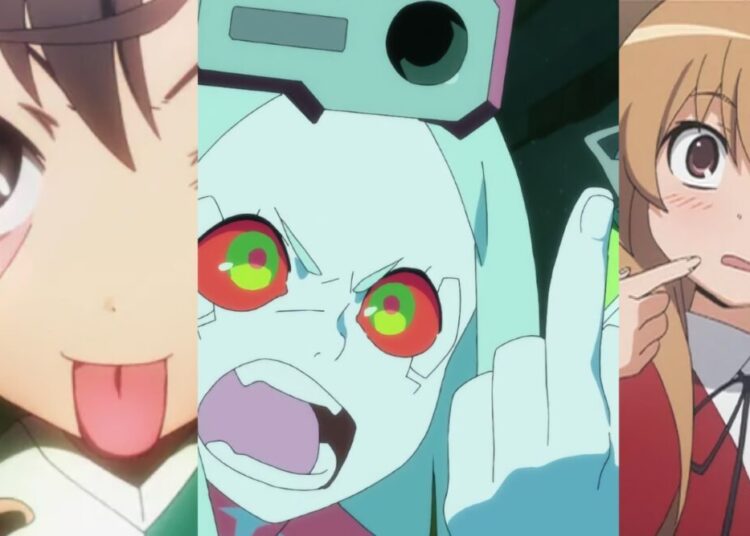Karaoke (pronounced kah-rah-OH-kay) is the famous Japanese tradition of getting up and singing in front of others. The word literally means “empty orchestra” (the “kara” is the same from from karate, in case you were wondering — that word means “empty hand”). Karaoke was invented by Daisuke Inoue, a musician who was asked by his fans to make instrumental-only recordings of his music, which gave him the idea of a “music box” that would pass a microphone signal through speakers (too bad he didn’t think to patent the concept). I’ve used karaoke as a useful tool for learning Japanese, since memorizing the lyrics of Japanese songs I want to sing is a darned good way of internalizing vocabulary, plus I can sing the song to myself if I forget the word. In the U.S. I believe most karaoke is done at “karaoke night” at bars or restaurants (although I have to assume this, I will probably be wrong, and you will tell me in the comments), with people choosing a song to sing while everyone watches on, but in Japan the most common way to go singing is a “karaoke box,” a small room that you and your group can rent for an hour or two of private singing. Inside this room, your group can sing as loudly or as badly as they want to, and people who would never sing in front of strangers can find the courage to pick up a mic when it’s just their friends around them. It’s interesting to observe the kinds of manners that come into play when a group is singing, especially the Japanese concept of enryo (enn-RYOH), a word which means “to refraining from [doing something].” Everyone sings and has fun, but it’s important not to stuff too many of your own songs into the karaoke machine without constantly checking with everyone else to see if they want to put a song in next. It’s pretty funny to watch when a group of six girls are each saying “no, you first!” to everyone else in the room.
Like the HSBC bank advertisements say, never underestimate the importance of local knowledge. That’s true when you’re comparing the U.S. with Japan, too. To Americans, the basic idea of soup is Campbell’s chicken noodle, but in Japan, it’s creamy corn soup, sometimes with corn flakes sprinkled on top. When a child loses a tooth in the U.S., the Tooth Fairy takes it away, leaving money in its place; in Japan, you throw the tooth on the roof (if it was a lower tooth) or under your house (if it was a upper tooth). When you take delivery of a new car, you always do it on a lucky day (Taian) according to a special Buddhist weekly calendar, to avoid having a traffic accident. And in the U.S., we sometimes count things by writing “chicken scratch” marks on a sheet of paper, with each completed set of lines equal to five, but in Japan, they write the character for honesty and correctness (tadashii、正). To see the stroke order for writing it, click here.
I talked last time about some of the things that frustrate me about other foreigners living in Japan. I didn’t mean to single out members of the JET (Japan English Teachers) program as being any more or less insensitive to the mannerisms of the country all around them than everyone else. Of course, there are many JETs who have learned plenty about Japan during their time in Japan, just as there are probably foreigners who came to Japan with the intention of learning a lot then wasted their time playing pachinko. Sorry if I was over- generalizing there.
We’re still rockin’ down at the San Diego Comicon, which got under way big time today. We’ve been meeting thousands of customers and shaking lots of hands — it’s great to be able to talk with so many of our fans directly. If you’ll be at the con, drop by booth 129 and say hi to us. We’ve got our PC dating-sim games, tons of our popular shirts, Domo-kun plush toys, delicious Japanese snacks, Anbu masks, and much more. So please come by and say hello! If you can’t make it to the show, at least you’ll have the free shipping on all PC dating-sim games to console you.















